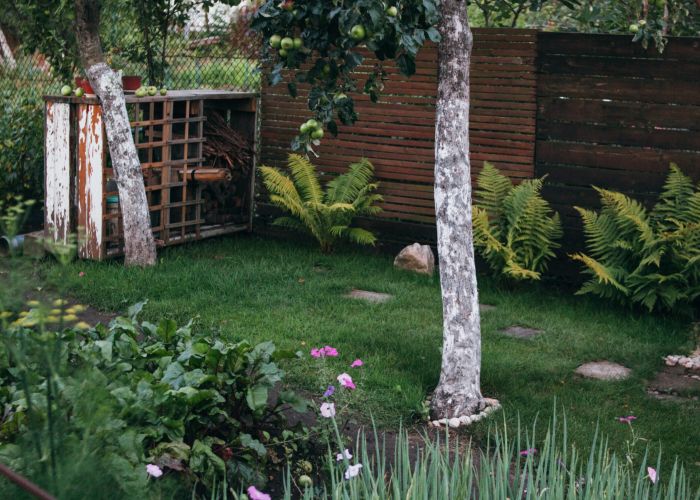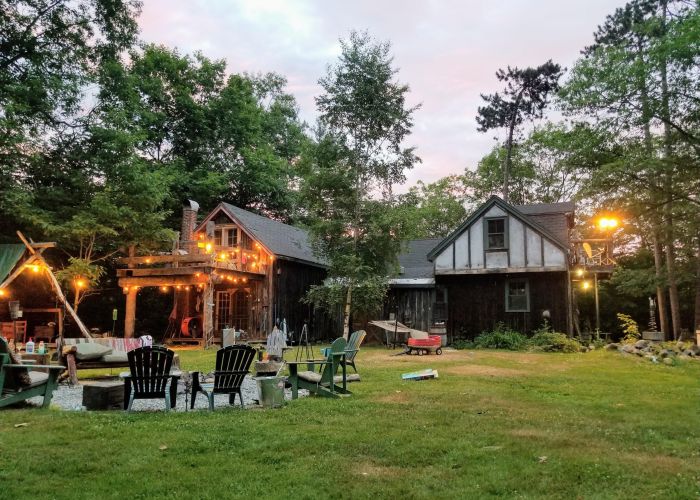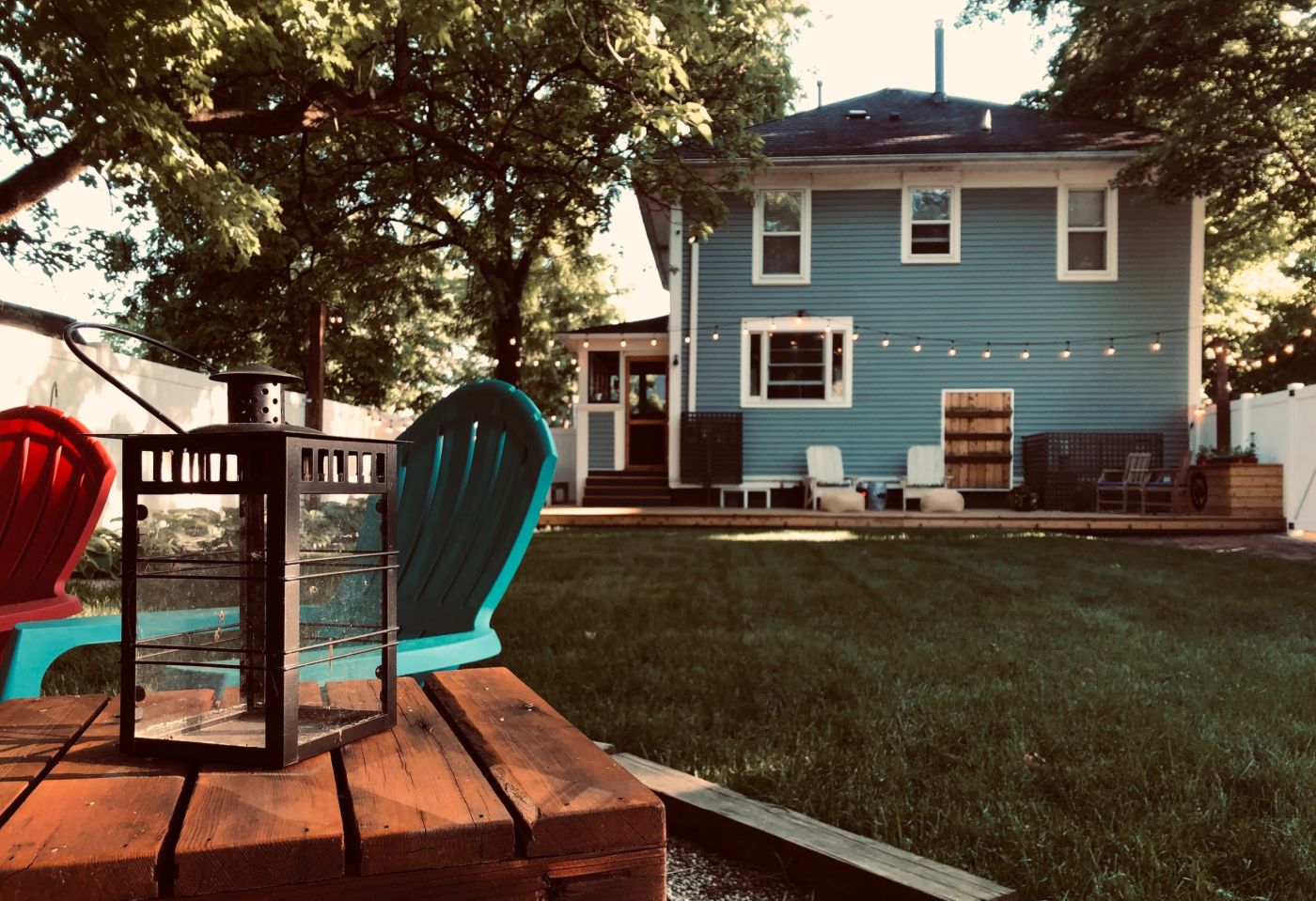Lawn Maintenance
Who doesn’t like a nice lawn?
Correct maintenance, knowing your obstacles, and when to address them is the key to success. Early spring when grass is struggling to come out of the torments of Idaho winters is the best time to get started. Jordan’s Garden Center can help you with the simple tasks to make your lawn the envy of the neighborhood.
Start with clean up. No doubt dead leaves and grass are now littered and interwoven into your lawn. This mat of material is resistant to natural decay and called thatch. Heavy thatch build up will choke out healthy grass and prevent thick growth in the spring. It is breeding ground for lawn pests and fungal outbreaks that are all too frequent in Idaho natural lawns.
Removing this material, naturally called de-thatching, should be done every year in the spring using a leaf rake in combination with a product called Soil Activator. This product uses humic acid to naturally break down organic material and realease stored nutrients into the soil. It also greatly improves the water retention of the soil (this is a very good thing for Idahoans.)
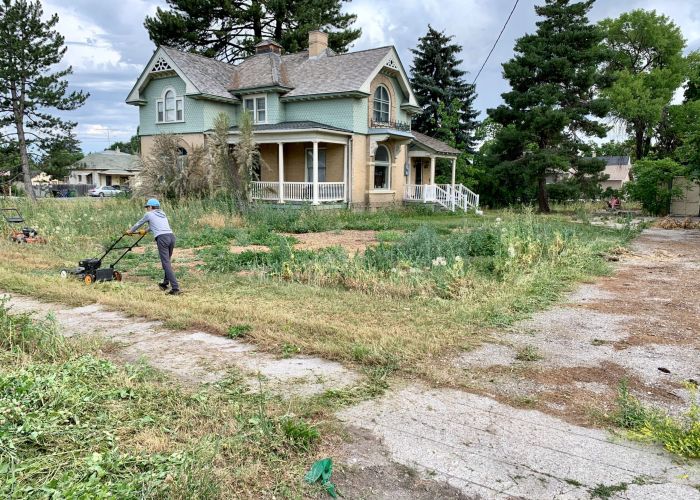
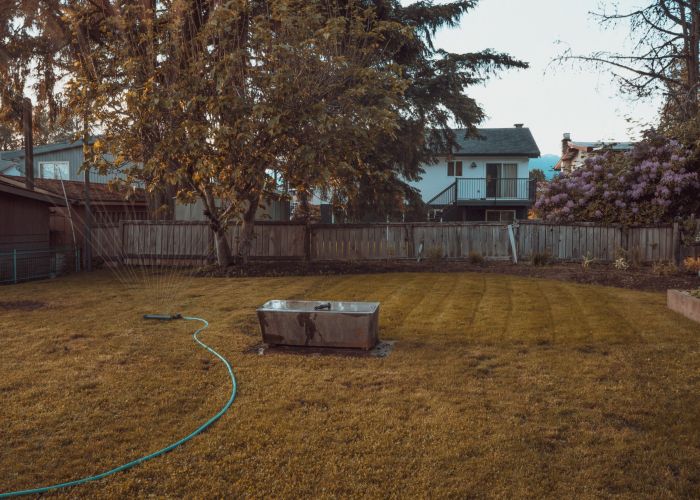
Grass Care
If you did not de-thatch your lawn it is best to rake the soil in order to score the surface and slightly and loosen the soil. In most places in Idaho, we have thick soils that compact with regular watering and traffic. Compacted soils are a poor place for germinating seeds to try to take root.
Which seed you choose will be entirely up to you. There are several different species and blends suited for every need even several new varieties of Kentucky Blue Grass that have low water-needs and Jordan’s Garden Center Carries them all. Not sure what kind you need? Not a problem. Just bring in a sample (about palm size) and a Jordan’s nurseryman will identify what kind of grass you have on the spot. Most Idahoans have a Kentucky Bluegrass / Fescue / Ryegrass blend.
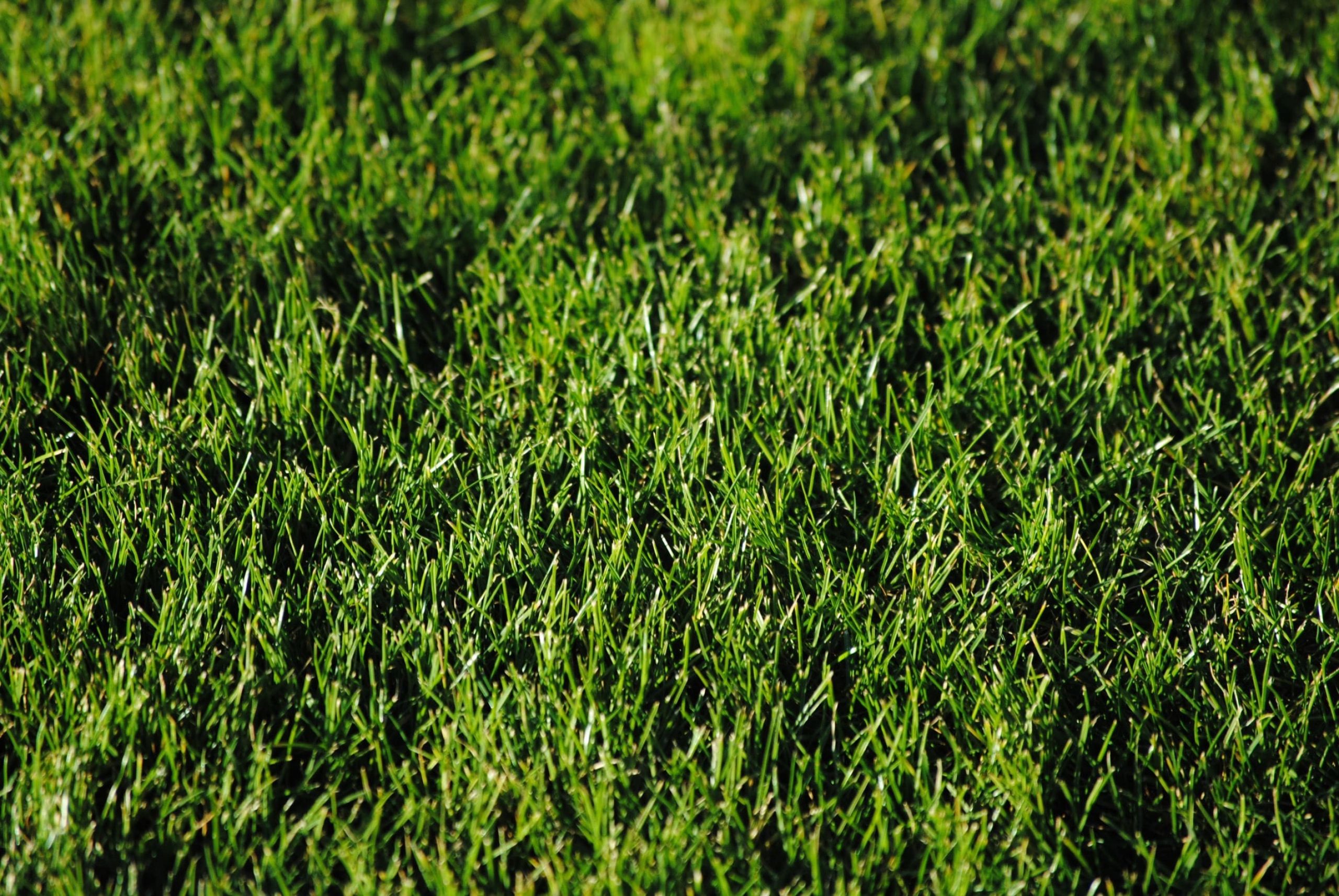
Compost
Once the seed is laid down it is important to lay down a thin layer of decomposed organic material such as compost or peat moss. Now, this may sound contradictory to all the previous steps to remove all the thatch but it is very different. Decomposed organic material is actually very beneficial to our soils; adding nutrients and breaking up the Idaho clay and in the worst cases just plain adding to the soil depth where it has been scraped off from home construction.
The compost layer will also protect your new seed from birds and most importantly help retain moisture. Remember to use a thin layer. The compost only needs to be about ¼ – ½” thick. Any thicker than that and you will run the risk of smothering the grass seed and preventing germination.
Water
The final five steps in the process are water, water, water, water, water. The biggest hurdle and most common reason for poor grass seed germination are due to drying out. That being said the seeds do not need immense amounts of water just frequent applications of it. We recommend at least three times a day if possible but only for 4-5 minute increments. Heavy water applications could wash away seed and loose soil so take into account the grade of your lawn. A steep grade may require more frequent but shorter cycles to keep seeds moist but not washed away. This is why we like spring for over-seeding our lawn in Idaho. Mother Nature gives us a little help with the water and cooler temperatures don’t dry it out as fast.
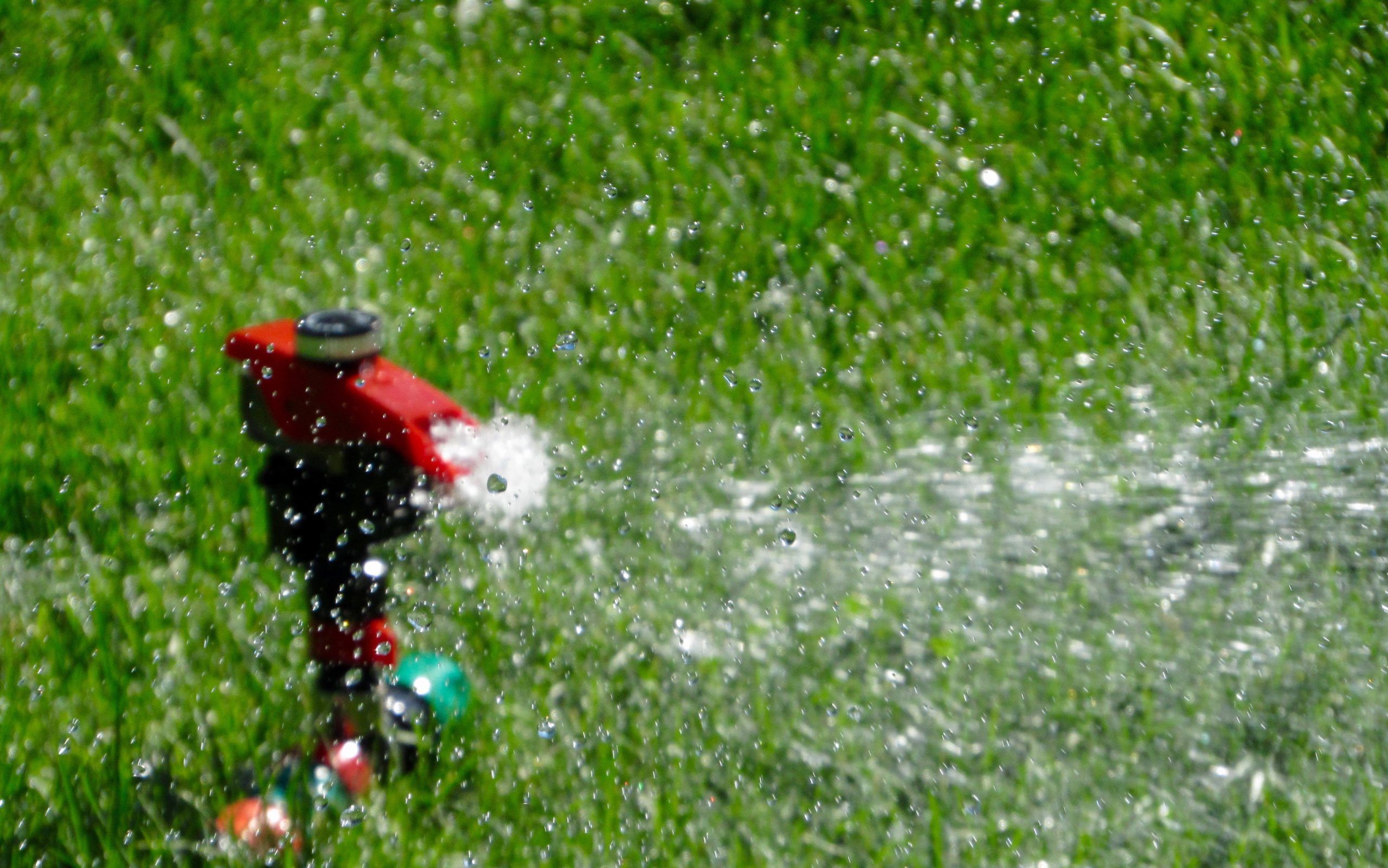
Lawn Tips
-
Aeration:
One of the best things you can do for your lawn is Spring aeration from mid-March through April in Idaho. This will increase air circulation in the soil. Plants need oxygen much in the same way we do. They use it to metabolize sugars produced from photosynthesis. Idaho soils become compacted from lawnmowers, foot traffic, and even regular watering, denying roots access to air pockets. This will cause your grass to literally starve and your overall lawn to look thin.
-
Overseeding:
Whether you need to de-thatch your lawn or not, early Spring is an opportune time to overseed your lawn. Overseeding will provide more individual plants giving your lawn a thick lush look.
-
Watering:
The most frequent problem with poor grass seed germination is drying out due to infrequent watering.
-
Pro Tip:
Rake out the plugs after aerating to keep the lawn smooth and avoid uncomfortable bumps.
